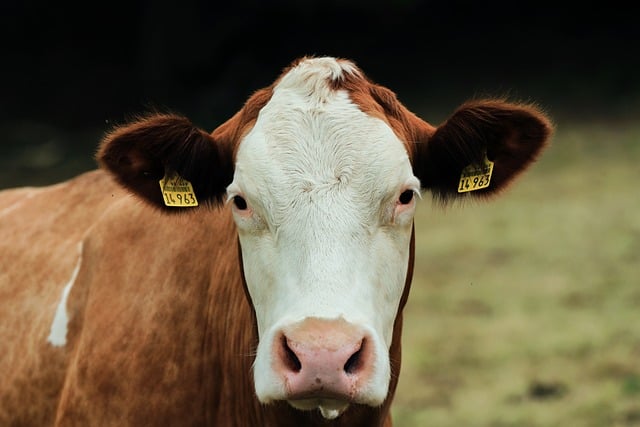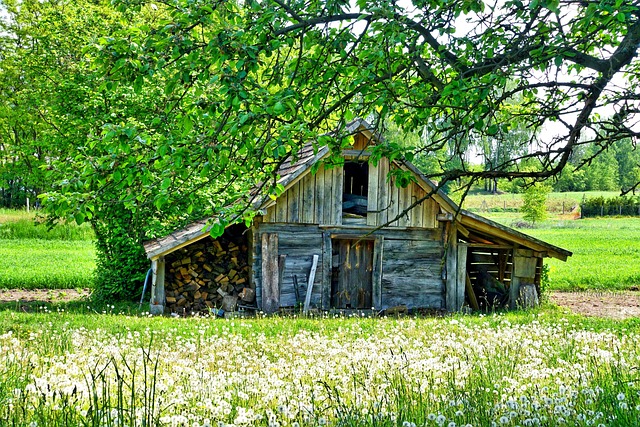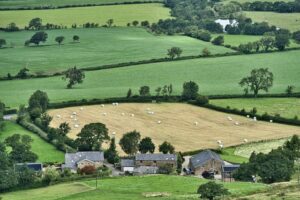Optimizing Farm Shed Efficiency for Central Tablelands Agriculture
In the Central Tablelands of New South Wales, strategic design and innovation are key to optimizing farm shed functionality for local agricultural needs. These structures must be resilient to withstand the region's unpredictable weather, ut…….

In the Central Tablelands of New South Wales, strategic design and innovation are key to optimizing farm shed functionality for local agricultural needs. These structures must be resilient to withstand the region's unpredictable weather, utilizing durable materials like colorbond steel. Efficient use of natural light and ventilation, along with modular designs, enhances animal welfare and operational efficiency on farms. Advanced insulation maintains optimal temperatures, reducing stress on livestock and energy consumption. Customization is paramount, with farmers adopting features such as automated feeding systems and solar panels to increase efficiency and prepare for future technological advancements. The strategic placement of these sheds leverages natural resources, promoting sustainability. The flexibility to expand or modify the sheds ensures they remain relevant to the evolving needs of farming operations. These modern farm sheds exemplify the integration of technology, design, and sustainable practices in agriculture, playing a critical role in the success of Central Tablelands' farmers.
Exploring the integration of advanced farm shed designs within Central Tablelands agriculture presents a pivotal approach to bolstering efficiency and productivity. This article delves into the transformative role of these structures, not merely as storage units but as multifunctional hubs essential for modern farming practices. We will navigate through optimal design considerations tailored to the unique climate and terrain of the Central Tablelands, highlight innovative construction solutions, and examine the latest trends in materials and technologies. From energy-efficient features to cost-effective strategies, and the integration of livestock with farm shed operations, this comprehensive guide offers insights into maximizing the benefits of farm sheds for Central Tablelands farms. Additionally, we will discuss the impact of these structures on soil health, crop yield, and the importance of data analytics in optimizing their usage and performance. Key takeaways from case studies and best practices will ensure your agricultural shed stands as a testament to progress and resilience within the farming community.
Maximizing Efficiency on Central Tablelands Farms with Optimal Farm Shed Designs

In the Central Tablelands of New South Wales, Australia, farm shed designs play a pivotal role in enhancing agricultural efficiency and productivity. The unique combination of temperate and sometimes volatile weather conditions necessitates farm structures that are both robust and versatile. Optimal design of farm sheds can provide essential shelter for livestock and crops while facilitating streamlined operations such as feeding, storage, and maintenance activities. By incorporating features like ample natural lighting, strategic ventilation systems, and modular layouts, these sheds not only create a healthier environment for animals but also optimize the workflow for farmers. The use of durable materials resistant to the region’s climate, such as colorbond steel, ensures longevity and reduces the need for frequent repairs or replacements. Additionally, integrating advanced insulation properties can maintain a comfortable temperature, reducing stress on livestock and energy consumption during extreme weather events.
Farmers in the Central Tablelands are increasingly recognizing the importance of tailored farm shed designs that align with their specific needs and the demands of their agricultural practices. The integration of innovative technologies, such as automated feeding systems and solar panel arrays, within these sheds not only maximizes efficiency but also positions farms to adapt to future advancements in agriculture. Furthermore, the strategic placement and orientation of sheds can harness natural elements like sunlight and wind, contributing to energy savings and sustainability practices. The design flexibility allows for expansion or modification as farm operations grow or evolve, ensuring that the farm infrastructure remains a dynamic asset rather than an obsolete liability. With meticulous planning and consideration of local environmental factors, farm sheds in the Central Tablelands can serve as the cornerstone of a high-performing agricultural operation.
– Subheadings:

Central Tablelands farms have long relied on farm sheds as versatile and indispensable structures that support their agricultural operations. These farm sheds serve a multitude of purposes, from providing shelter for livestock to storing machinery and crops. Their design is tailored to withstand the regional climate, which includes both harsh summers and cold winters. The durability and adaptability of these sheds make them a cornerstone of modern farming practices in the area. Moreover, with advancements in materials and construction techniques, contemporary farm sheds are engineered to optimize space utilization, energy efficiency, and cost-effectiveness. They often incorporate features such as insulation, ventilation systems, and skylights to enhance animal welfare and crop storage conditions. For Central Tablelands farmers, investing in high-quality farm sheds translates to improved productivity, better resource management, and ultimately, a more sustainable farming future. These structures are a testament to the ingenuity of rural inhabitants who continually seek innovative solutions to meet the demands of efficient and profitable agricultural production.
In conclusion, farm shed designs play a pivotal role in enhancing efficiency and productivity for Central Tablelands farms. By adopting tailored solutions that cater to the local climate and soil conditions, farmers can significantly improve their operations. The integration of technology and sustainable practices within these structures not only bolsters crop yields but also aligns with environmental stewardship. As such, the adoption of well-designed farm sheds represents a strategic investment for the region’s agricultural community, ensuring resilience and success in the ever-evolving landscape of modern farming.






